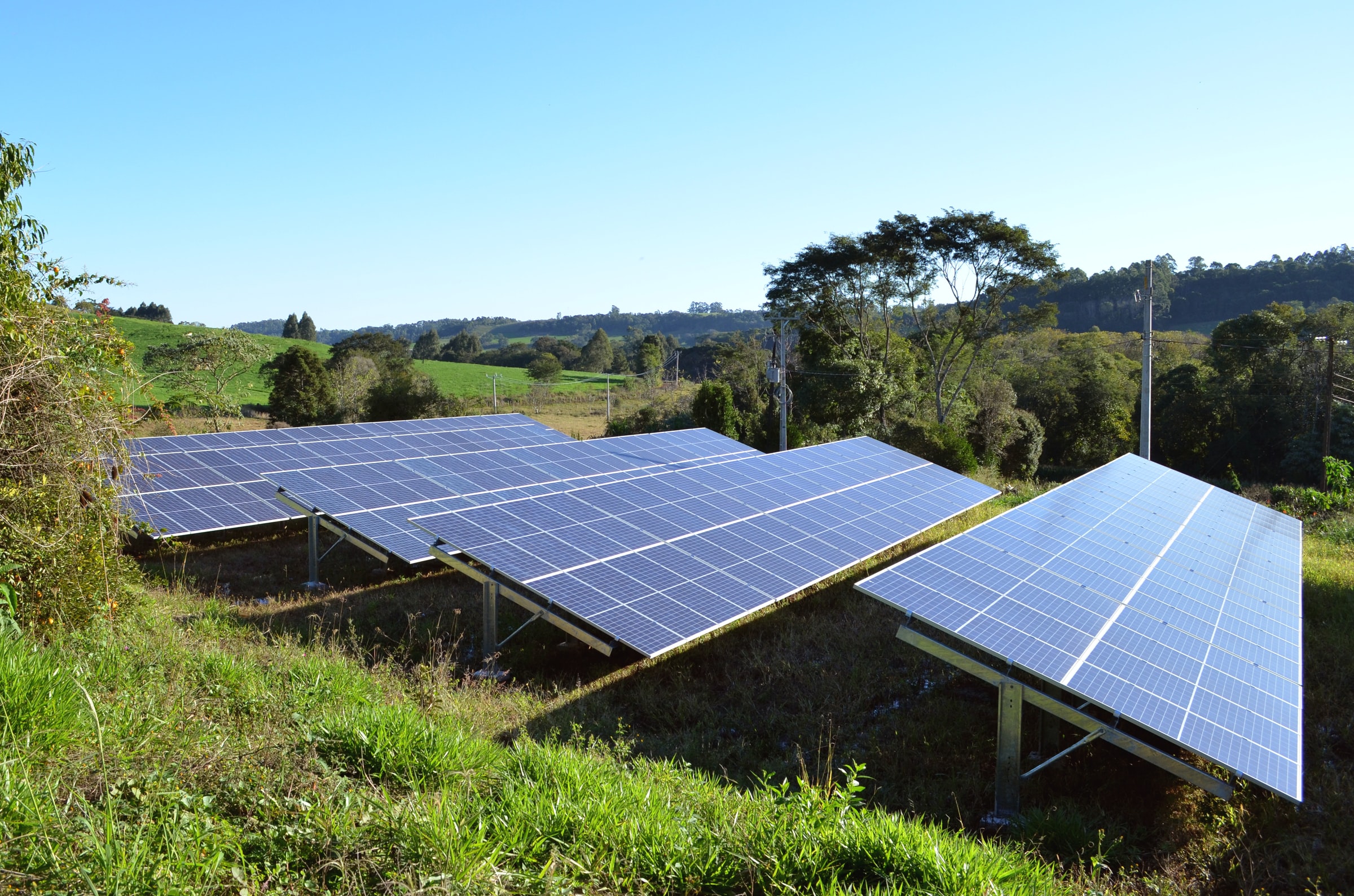The development of renewable energy projects like solar farms will be vital in moving the United States toward its clean energy goals in the coming years. New York, in particular, has some of the most ambitious renewable energy targets in the world thanks to the Climate Leadership and Community Protection Act (CLCPA). In order to meet these targets, the deployment of large solar projects like solar farms will be necessary.
This additional solar farm deployment will, of course, require vacant land to host the projects. Finding suitable land for a solar farm can be tricky, as these projects often require a minimum acreage (generally around 10 acres), as well as proximity to both three-phase power and a substation. Fortunately, we may have suitable land right under our noses in the shape of landfills and other unusable lands.
Why Build Solar Farms on Municipal Landfills?
A 2014 study has shown that landfills and other unusable sites often provide optimal conditions for solar farm development. The benefits of siting solar farms at these locations include the following:
- Building solar farms on landfills resolves a number of potential problems with finding suitable project sites, as landfills offer both large enough spaces and proximity to necessary infrastructure such as substations and three-phase power.
- The projects would remain out of sight of residents while still being close enough to transmission lines to deliver energy to consumers.
- Landfill space is typically offered at a lower cost, allowing for the development of large-scale solar PV projects.
- Closed landfills are sealed with polyethylene cap and buried by compacted soil seeded with grass. This grass is mowed but the land is left unused. The development of a solar farm project gives a purpose to these previously unusable sites.
Examples of Solar Farms Built on Landfills
Across the country a number of landfill sites have already been converted into solar farms. Projects in the works, or already constructed, include:
- Saratoga Springs, New York: A solar farm project for Saratoga Springs, NY, is being considered, with the aim of curbing the city’s electricity consumption and selling excess energy back to the grid. Furthermore, the project presents the opportunity to turn unusable land into something beneficial for the local community and economy.
- Hickory Ridge Landfill, Atlanta: 7,000 solar PV panels have been installed along a geomembrane at the Hickory Ridge Landfill outside Atlanta, GA. This geomembrane both secures the solar panels and provides a clean surface for the solar array. The total cost of establishing this project came in at around $5 million.
According to the Environmental Protection Agency (EPA) there are roughly 10,000 old landfill sites across the country, many of which could serve as locations for solar farms. Though the majority of these landfill sites are located on the outskirts of cities, they are in close proximity to power lines—a solar farm essential—making them ideal locations for development.
Barriers to Developing Solar Farms
Unfortunately, despite the abundance of available landfills and unusable lands which could be developed as solar farms, a number of barriers to implementing these projects remain.
- Grants: Available grants for these projects are often insufficient considering the large funding required for the development of a solar farm, leaving many institutions unable, or unwilling, to invest. Furthermore, the market for these grants is extremely competitive and so they may be difficult to obtain even if the will is there from the applicant.
- Policy: Solar farms on landfills are large-scale projects and, as such, require extensive review from both stakeholders and government. Often, local policies concerning codes, permits, and zoning ordinances can prohibit the construction of solar farm projects. In fact, in many places, local governments have to develop policies for solar farms before they can even begin to consider construction—a process which could take years.
If you’re interested in developing your own solar farm project then reach out to YSG Solar today. YSG will answer any questions you have about solar land leasing and determine whether or not your land is suitable for a solar farm. To get in touch, send us an email or call at 212.389.9215.
YSG Solar is a project development company responsible for commoditizing energy infrastructure projects. We work with long-term owners and operators to provide clean energy assets with stable, predictable cash flows. YSG's market focus is distributed generation and utility-scale projects located within North America.
Sources:
https://solaractionalliance.org/the-case-for-solar-farms-on-landfills-or-unusable-lands/

